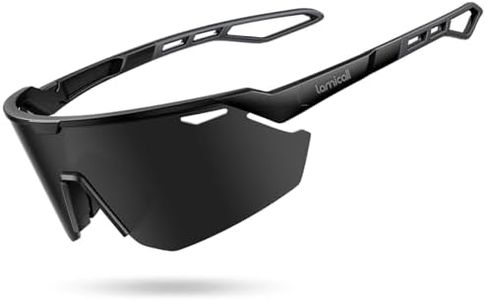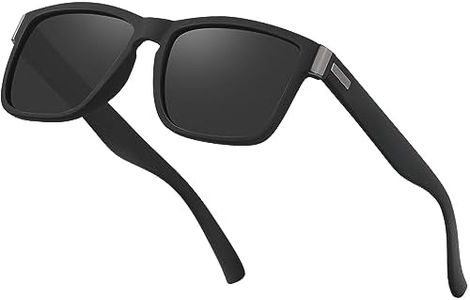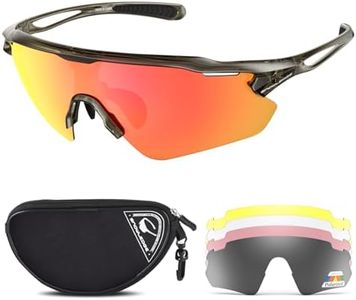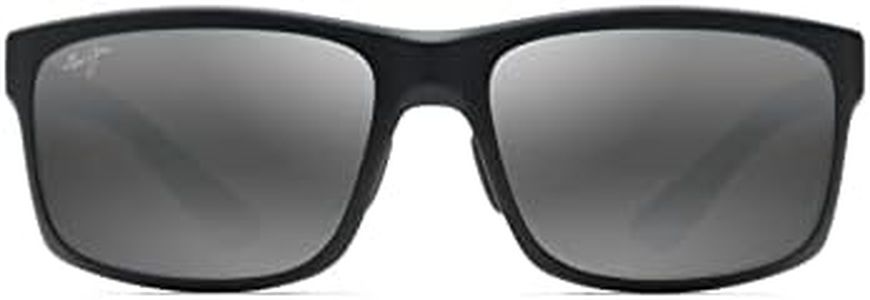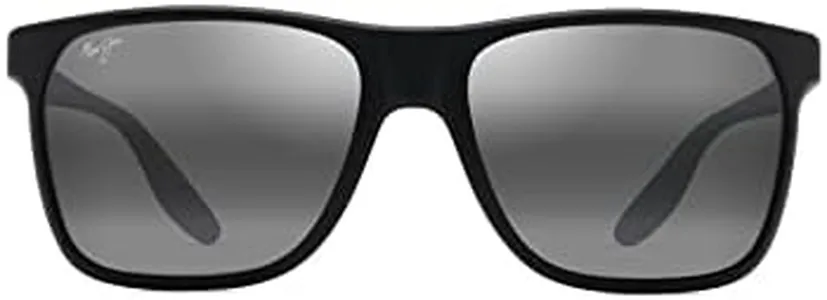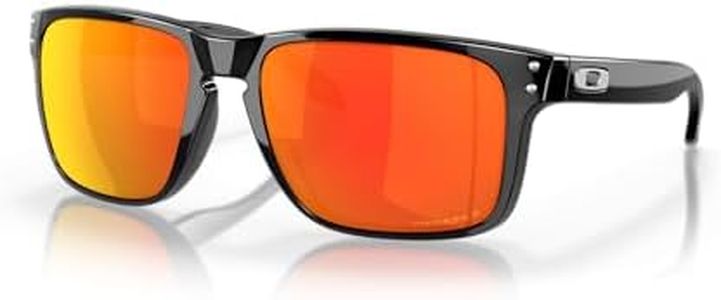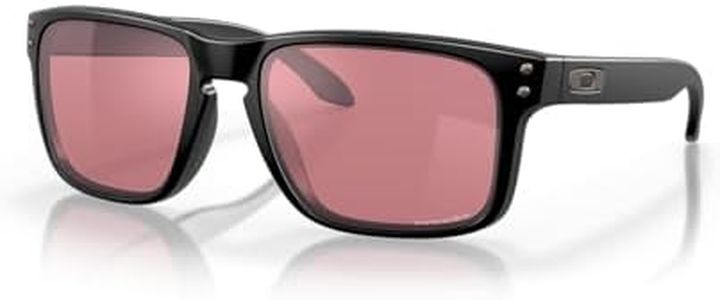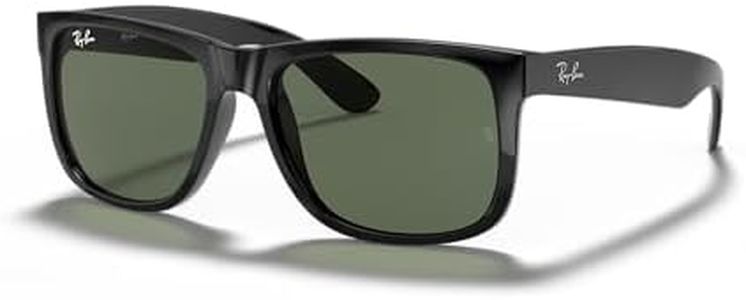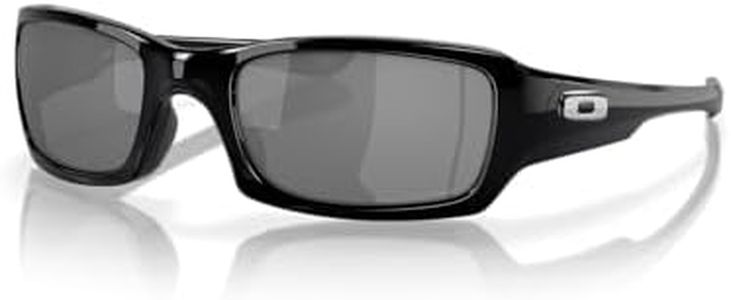We Use CookiesWe use cookies to enhance the security, performance,
functionality and for analytical and promotional activities. By continuing to browse this site you
are agreeing to our privacy policy
10 Best Golf Sunglasses
From leading brands and best sellers available on the web.Buying Guide for the Best Golf Sunglasses
Choosing the right golf sunglasses can make a big difference in your game and comfort while spending hours on the course. Golf sunglasses should not only protect your eyes from the sun but also enhance your vision, reduce glare, and help you read the greens more clearly. It's important to consider how the sunglasses fit, what kind of lenses they have, and how they handle the unique lighting conditions you'll encounter on the golf course. When picking your perfect pair, think about your own preferences for style and comfort, as well as how and when you'll be wearing them.Lens ColorLens color determines how much light passes through the sunglasses and how you see the course, ball, and hazards. Common lens colors for golf include brown, amber, gray, and rose. Brown and amber lenses enhance contrast and help spot the ball against green grass, making them a popular choice for many golfers. Gray lenses are more about reducing overall brightness and glare, without altering color perception too much. Rose or copper-tinted lenses can boost contrast on overcast days. Think about when you play—bright sunny days, cloudy conditions, or both—and pick a lens color that suits your typical golfing environment.
PolarizationPolarized lenses reduce glare from reflective surfaces like water hazards or wet grass, making it easier to spot the ball in tricky conditions. However, some golfers feel that polarized lenses can make it harder to read subtle breaks and slopes on the greens. If you play often near water or in bright, glaring conditions, polarization could help you. But if the most important thing to you is being able to read the greens, you might prefer non-polarized lenses. Try both if you're unsure, and see which one makes you feel more confident while playing.
UV ProtectionUV protection shields your eyes from harmful ultraviolet rays, which is especially important when spending hours outside. Good golf sunglasses should block 100% of UVA and UVB rays. This protection is critical for your long-term eye health, regardless of weather or time of day, so always check the label and avoid anything without proper UV blocking.
Fit and ComfortA good fit ensures your sunglasses stay in place throughout your swing and under all movement, without pinching or slipping. Look for lightweight frames with soft nose pads or grippy ear pieces designed for active use—this way, they won’t move or cause discomfort during play. If you wear a hat or cap, check that the arms of the sunglasses fit comfortably under the brim. Try on different frame shapes and sizes, and choose one that feels secure without being tight.
Lens Shape and CoverageLens shape and coverage affect how much of your field of view is protected from sunlight and wind. Wraparound or semi-rimless designs are popular in golf because they cover a wide area and offer great peripheral vision, which is useful for following fast-moving balls. More coverage also means less chance of sunlight sneaking in from the sides. If you want sunglasses mainly for protection and want to minimize distractions, go for larger, wrap-style lenses. If style matters most or you want to wear the sunglasses off the course too, you might prefer a smaller or more classic lens shape.
Durability and Lens MaterialDurability is important as your sunglasses may endure drops, impacts, or variations in temperature. Most golf sunglasses use plastic lenses like polycarbonate, which are lightweight, impact-resistant, and safe for sports. Glass lenses are more scratch-resistant but may be heavier. If you prioritize lightweight comfort and safety, opt for polycarbonate or similar sports-grade plastics. If you’re careful with your gear and want the sharpest vision possible, glass could be an option.
